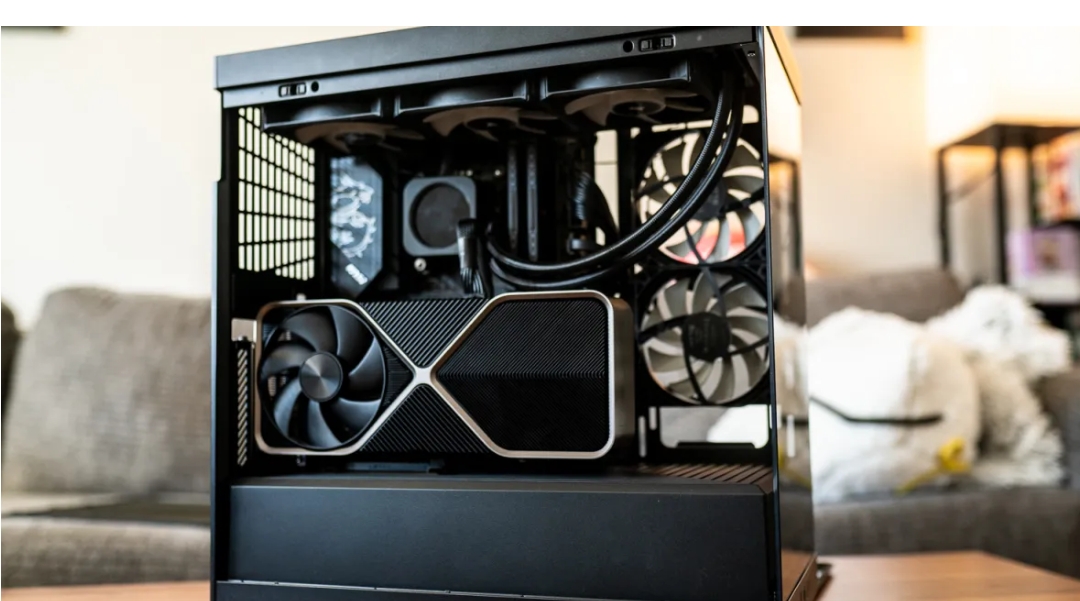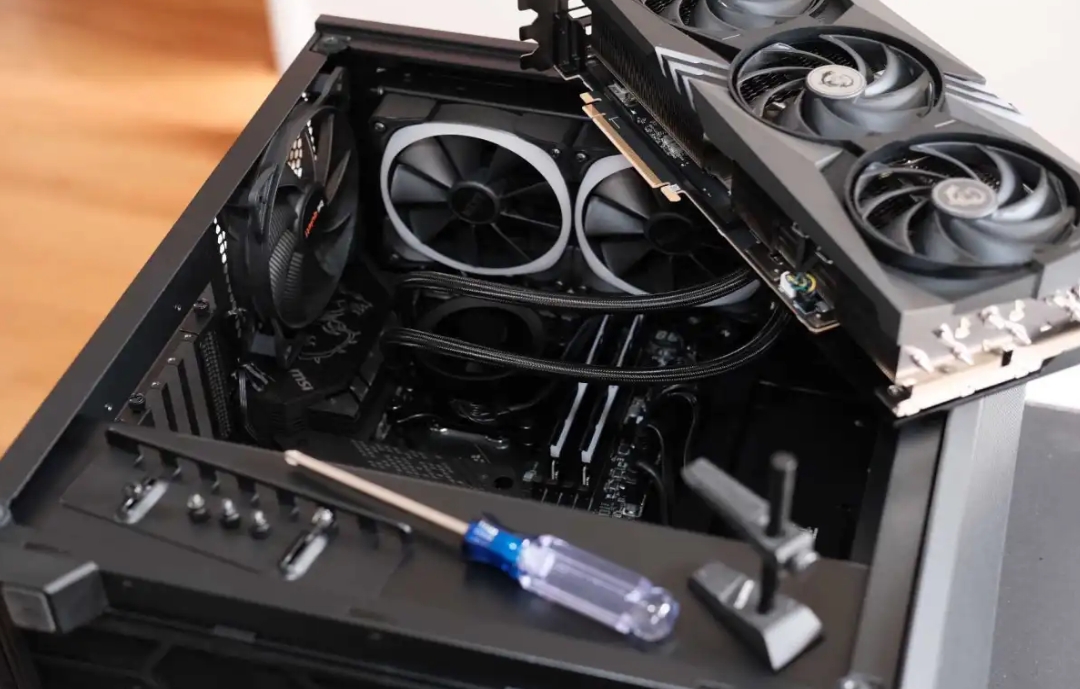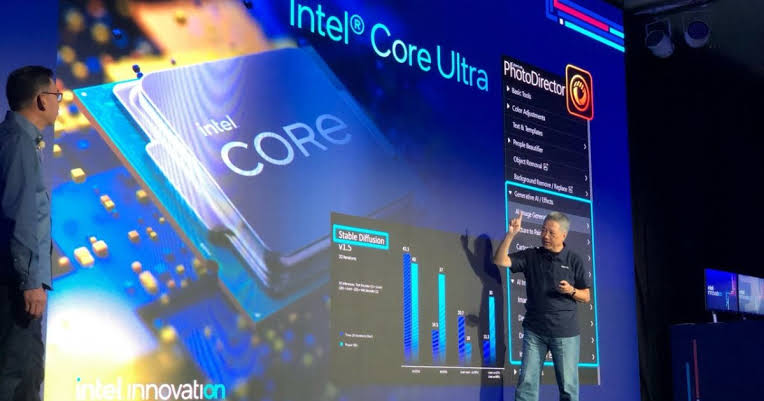I. Introduction
In the fast-paced world of technology, the evolution of the PC has been nothing short of remarkable. From the bulky, slow machines of the past to the sleek, lightning-fast rigs of today, the journey has been one marked by innovation and progress. The fascinating history of PC, exploring how far we’ve come and why it’s crucial to embrace innovation in next-gen builds, can be found at https://finddiffer.com/.

A. Importance Of Embracing Innovation In Next-Gen Builds
In the hyper-competitive world of PC gaming and professional computing, staying ahead of the curve is essential for success. With each passing year, the demands placed on hardware grow more stringent, requiring ever-more powerful components to deliver smooth, responsive performance.
Moreover, next-gen builds aren’t just about raw power—they’re also about efficiency and sustainability. As concerns about climate change and energy consumption continue to mount, there’s a growing emphasis on designing PCs that are not only faster and more powerful but also more environmentally friendly. This means leveraging technologies like low-power CPUs, energy-efficient GPUs, and sustainable manufacturing processes to reduce carbon emissions and minimize waste.
II. Current Trends In PC Construction
In the ever-evolving landscape of PC build, staying abreast of the latest trends is paramount. Today, we delve into the current zeitgeist of PC building, exploring the rise of custom water cooling solutions, the integration of RGB lighting for aesthetic customization, the importance of efficient cable management, and the advancements in miniaturization driving compact builds.
A. Rise Of Custom Water Cooling Solutions
Custom water cooling solutions have surged in popularity among PC enthusiasts seeking to maximize performance and aesthetics. Traditionally, air cooling has been the go-to method for dissipating heat from components. However, as CPUs and GPUs become more powerful and generate more heat, custom water cooling offers superior thermal performance and quieter operation.
Water cooling involves circulating coolant through a series of tubes and blocks that come into direct contact with the hottest components, efficiently transferring heat away from them. This results in lower temperatures and more stable performance, making it ideal for overclocking and pushing hardware to its limits.
Furthermore, custom water cooling setups allow for unparalleled aesthetic customization, with enthusiasts incorporating colorful coolant, illuminated reservoirs, and intricate tubing runs to create eye-catching visual masterpieces. From sleek, minimalist designs to bold, avant-garde creations, the possibilities are limited only by one’s imagination.
B. Integration Of Rgb Lighting And Aesthetic Customization
In the world of PC building, aesthetics are just as important as performance. Enter RGB lighting, the trend that has taken the industry by storm. RGB, which stands for red, green, blue, allows users to customize the color and lighting effects of their PC components, adding a dash of personality and flair to their builds.
From motherboards and RAM modules to fans and peripherals, RGB lighting can be found in virtually every corner of a modern PC. Whether you prefer a subtle, understated glow or a dazzling, disco-inspired light show, the options are endless.
Moreover, the integration of RGB lighting isn’t just about aesthetics—it’s also about functionality. Many RGB-enabled components come with software that allows users to synchronize lighting effects across multiple devices, creating immersive, synchronized light displays that elevate the gaming and computing experience.
C. Importance Of Efficient Cable Management
Efficient cable management may not be the most glamorous aspect of PC building, but it’s certainly one of the most crucial. A well-organized cable layout not only improves airflow and cooling efficiency but also enhances the overall aesthetics of a build.
With the proliferation of modular power supplies and cable management features in modern PC cases, achieving clean, clutter-free cable runs has never been easier. By routing cables behind motherboard trays, securing them with cable ties or Velcro straps, and utilizing cable combs and grommets, builders can create clean, professional-looking builds that are as functional as they are visually appealing.
D. Advancements In Miniaturization And Compact Builds
In recent years, we’ve witnessed a revolution in PC design driven by advancements in miniaturization and compact builds. Gone are the days when bigger meant better; today’s enthusiasts are embracing the challenge of building powerful, feature-rich systems in smaller form factors than ever before.
From mini-ITX gaming rigs that pack a punch in a pint-sized package to ultra-compact workstations that defy expectations, the possibilities are endless. Advancements in component technology, such as low-profile CPU coolers, small-form-factor GPUs, and M.2 SSDs, have made it possible to build high-performance systems in remarkably compact enclosures.
Moreover, compact builds aren’t just for enthusiasts with limited space—they also offer benefits in terms of portability, energy efficiency, and noise reduction. Whether you’re a LAN party enthusiast, a digital nomad, or simply someone who appreciates the elegance of a well-designed system, compact builds represent the future of PC builds.

III. Future Outlook
A. Predictions For Upcoming Trends In PC Construction
The landscape construction of PCs is poised for further evolution, driven by emerging trends that promise to redefine the way we build and interact with our machines.
Modular Design and Upgradability: As consumers increasingly prioritize sustainability and longevity, we can expect to see a shift towards modular PC components that allow for easy upgrades and repairs. Manufacturers may embrace this trend by designing systems with swappable modules, enabling users to customize their hardware without needing to replace entire systems.
Integration of AI and Machine Learning: Artificial intelligence (AI) and machine learning are poised to revolutionize the way we interact with our PCs. In the future, we may see AI-powered features such as intelligent cooling systems that adapt to workload demands, predictive maintenance algorithms that anticipate component failures, and personalized user experiences tailored to individual preferences.
Enhanced Connectivity and Networking: With the proliferation of IoT devices and the growing importance of connectivity, future PCs are likely to feature enhanced networking capabilities. This may include support for emerging standards such as Wi-Fi 6E and 5G, as well as built-in hardware accelerators for tasks such as AI inference and cryptography.
Augmented and Virtual Reality Integration: As augmented reality (AR) and virtual reality (VR) technologies continue to mature, we can expect to see greater integration of these immersive technologies. Future PCs may feature dedicated VR ports, optimized graphics drivers for VR applications, and innovative form factors designed to accommodate VR peripherals.
B. Anticipated Advancements In Hardware And Software
In addition to emerging trends, significant advancements in hardware and software are expected to shape the future of PC.
Next-Generation Processors and Graphics Cards: The relentless march of Moore’s Law is expected to continue, driving the development of next-generation processors and graphics cards with even greater performance and efficiency. Future CPUs may feature denser transistor designs, advanced packaging techniques, and integrated AI accelerators, while GPUs may leverage breakthroughs in architecture and manufacturing processes to deliver unprecedented levels of rendering power.
Quantum Computing: While still in its infancy, quantum computing holds the potential to revolutionize the field of PC. Future PCs may incorporate quantum processors capable of solving complex problems that are currently beyond the reach of classical computers, opening up new possibilities in areas such as cryptography, drug discovery, and materials science.
Software Optimization and AI-Assisted Development: As hardware becomes increasingly complex, software optimization will play a critical role in unlocking its full potential. Future PCs may leverage AI-assisted development tools to automatically optimize code for specific hardware configurations, resulting in faster and more efficient software experiences.

IV. Conclusion
In today’s rapidly evolving technology landscape, it can be difficult to keep up with the latest advancements in PC construction. The constant flow of new components and shifting market prices make it challenging to determine the true cost of building a PC at any given time. However, with a little research and some careful planning, it is possible to get a sense of how much it may cost to build a PC right now. According to recent estimates from industry experts, the average cost of building a mid-range PC landscape is currently around $1,000 to $1,500. However, prices can fluctuate based on individual component choices and market trends.
Frequently Asked Questions (FAQ)
Q: What defines a next-gen PC build?
Next-gen PC builds incorporate the latest advancements in hardware, software, and design to achieve superior performance, aesthetics, and functionality compared to traditional builds.
Q: What are some key innovations in next-gen PC builds?
Key innovations include custom water cooling solutions for improved thermal performance, RGB lighting for customizable aesthetics, and advancements in miniaturization for compact yet powerful builds.
Q: How important is it to stay updated with the latest technology for PC building?
Staying updated with the latest technology is crucial to ensure optimal performance, compatibility, and future-proofing of your PC build.
Q: What challenges may arise when embracing innovation in PC builds?
Challenges may include balancing performance, cost, and energy efficiency, addressing compatibility issues with new hardware and software, and overcoming learning curves associated with new technologies.
Q: How can I ensure reliability and longevity in a next-gen PC build?
To ensure reliability and longevity, it’s important to choose high-quality components, follow best practices in assembly and maintenance, and regularly update drivers and firmware.

